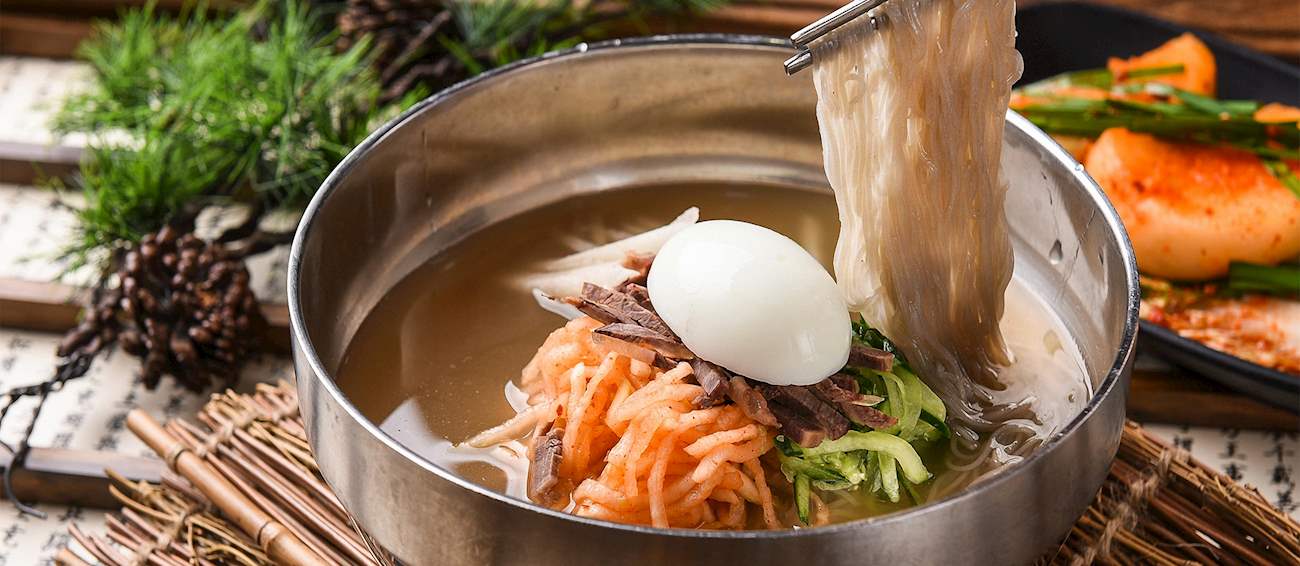OR
Already have an account? Log in
OR
What to eat in Busan? Where to eat in Busan? 7 Traditional Foods You Have To Try in Busan
The best traditional dishes in Busan and the best authentic restaurants that make them, recommended by industry professionals.
